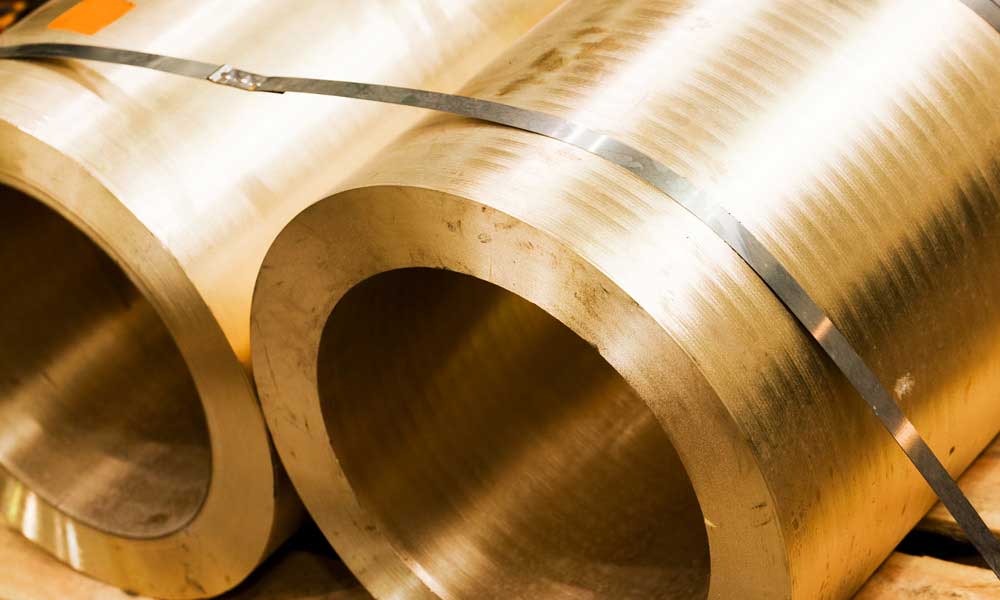In the steelmaking, as an important transfer equipment, the ladle’s main function is to transport the molten steel from the converter to the top of the continuous casting crystallizer, and further realize the continuous casting and forming of the steel billet.

If the molten steel is stored in the ladle for too long, the molten steel and the ladle castable will have a long-term direct contact. The quality of the ladle castable has an important impact on the quality of the molten steel.
The common bonding systems of ladle castables currently used include magnesia-silica water bonding system, cement bonding system and sol bonding system. According to the ladle capacity and the production environment of the steel plant, each refractory manufacturer selects the bonding system with the best cost-effectiveness.

The ladle castable needs to overcome the erosion of molten steel and slag. On the one hand, the silicon component in the refractory will melt into the molten steel after long-term contact with the molten steel and slag, and the structure of the refractory will be destroyed. On the other hand, the penetration of molten steel and slag will directly lead to the loose structure of the ladle castable. Both aspects will greatly reduce the service life of the ladle.
In order to resist the erosion of slag and molten steel, the density of alumina-magnesia castable must be improved, which is also the key to improving the life of ladle castable. In order to improve the density, the application of high-efficiency water reducer is also indispensable.

The main function of water reducer is to reduce the addition of water during the construction of castables, while ensuring sufficient construction fluidity. The reduction of water increases the density of the green body, which has a positive effect on improving the performance at room temperature and high temperature.
In order to develop high-performance alumina-magnesia ladle castables, we studied the effects of different water reducers on the performance of alumina-magnesia castables. The experiments were conducted with homogenized alumina, tabular corundum, magnesia sand, spinel powder, alumina powder, and silica powder as the main raw materials, and melamine, sodium hexametaphosphate, 10T polycarboxylate, 100A polycarboxylate, and SP-168 polycarboxylate as water reducers.
| Item | ω/% | ||||||||
| SiO2 | Al2O3 | MgO | Fe2O3 | CaO | TiO2 | K2O | Na2O | R2O | |
| Homogenized bauxite | 5.66 | 86.17 | 1.19 | 3.44 | |||||
| Sintered magnesia | 0.66 | 1.01 | 96.25 | 0.58 | 0.48 | ||||
| Corundum powder | 0.19 | 99.12 | 0.07 | 0.16 | |||||
| Silica powder | 95.17 | 0.08 | 0.37 | 0.35 | 0.32 | 0.17 | 0.08 | ||
| Alumina powder | 0.09 | 99.65 | 0.05 | 0.11 | 0.05 | ||||
We added water to various castables and stirred them evenly to ensure that their fluidity was equal. We then cast them by vibration and studied the effects of different water reducers on the amount of water added to the castables, physical properties at room temperature, and high-temperature flexural strength.
The results showed that the ranking of the comprehensive effects was: SP-168 polycarboxylate water reducer > 100A polycarboxylate water reducer > 10T polycarboxylate water reducer > melamine water reducer ≈ sodium hexametaphosphate water reducer







